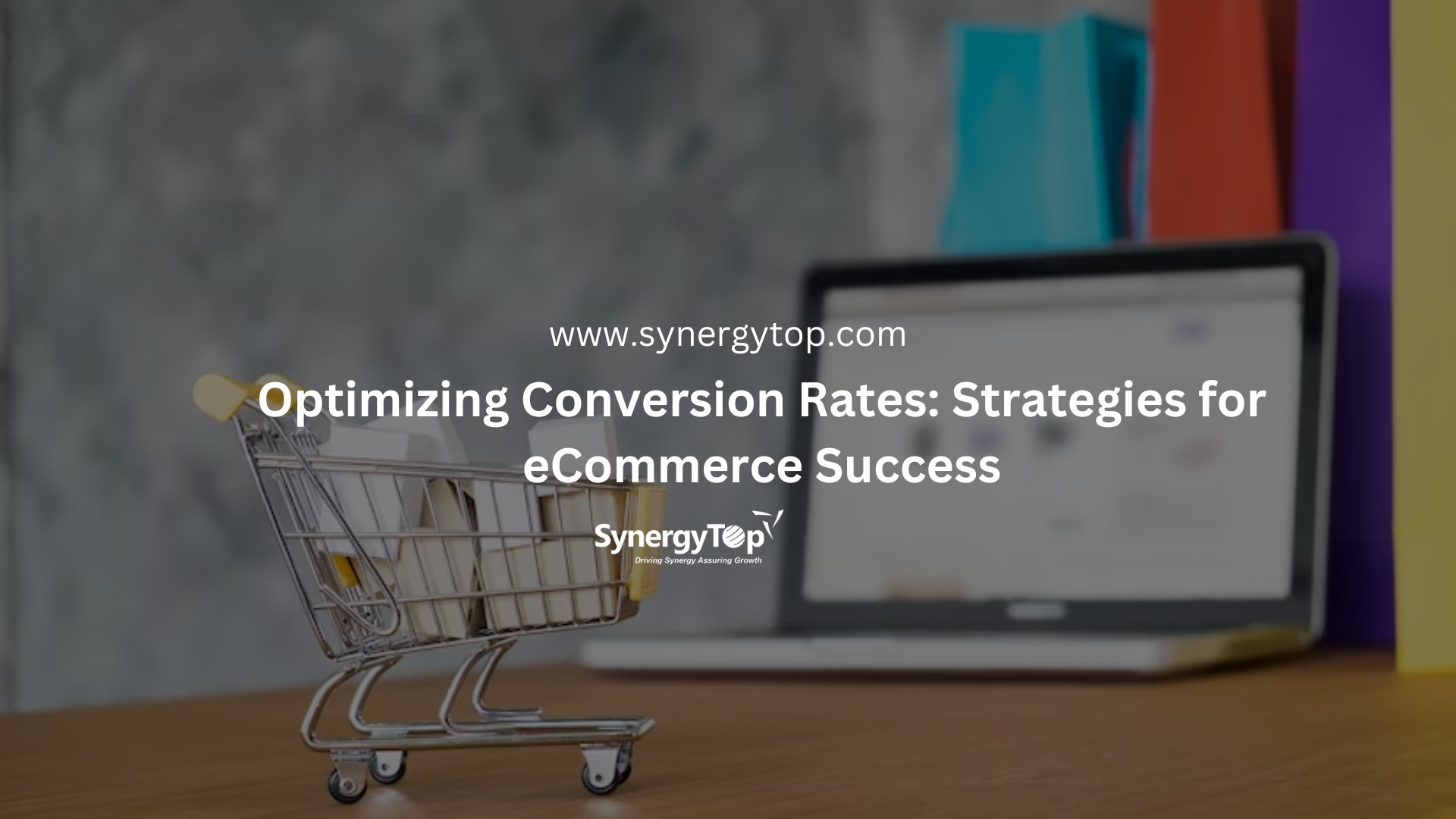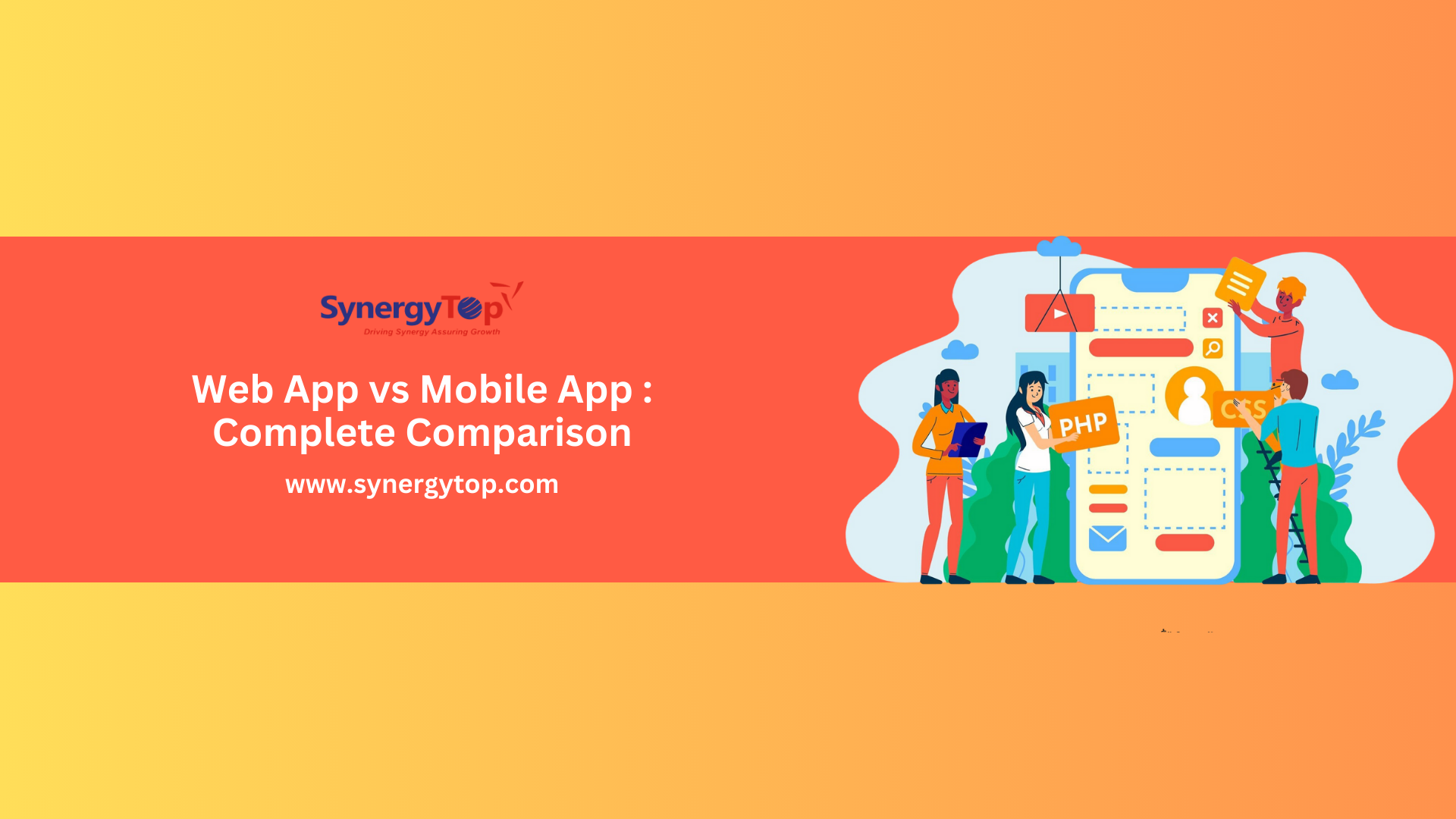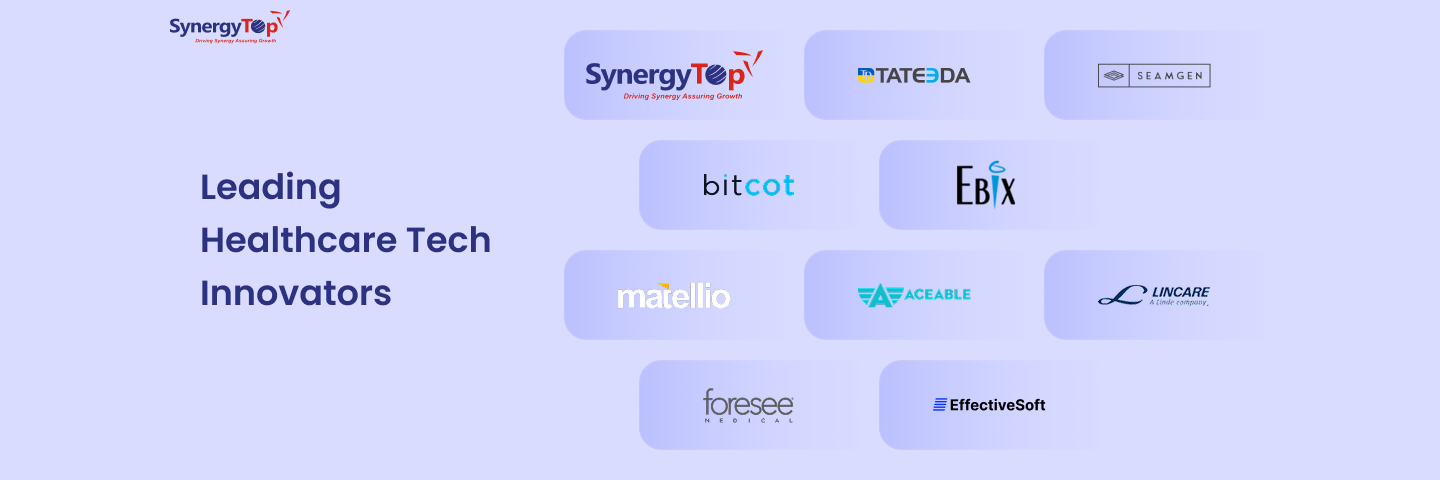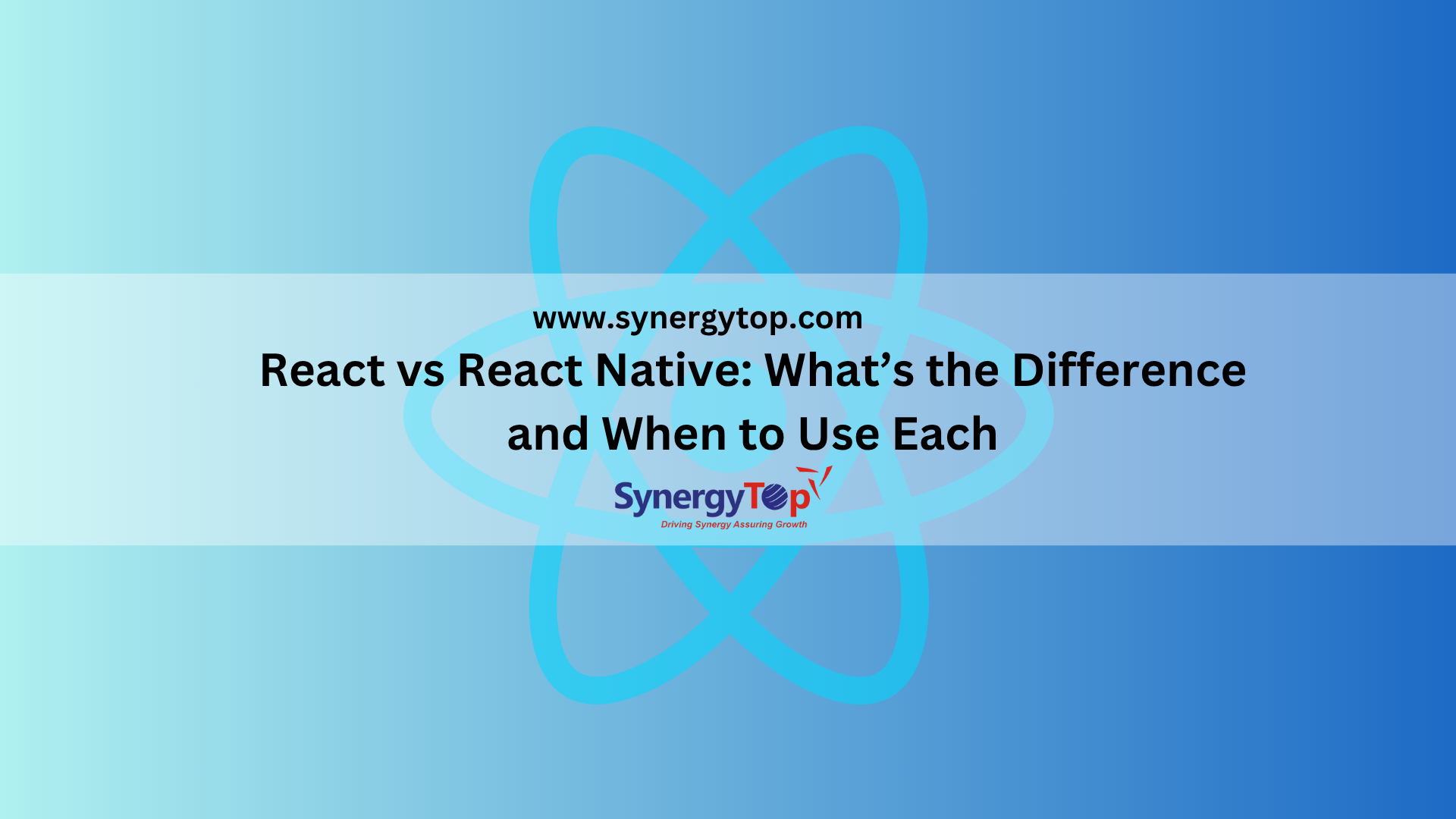In the fiercely competitive world of eCommerce, the ability to convert website visitors into paying customers is paramount to achieving success. Conversion rates play a crucial role in determining the effectiveness of an eCommerce store’s sales funnel. In this blog, we will delve into the world of conversion rate optimization (CRO) and explore strategies that can help eCommerce businesses maximize their conversion rates and drive profitability.
|
Average Conversion Rates vs. Industry Leaders
The average conversion rate for eCommerce stores hovers around 2-3%. It varies depending on the industry as well. Here are the average eCommerce conversion rates for some of the industries –
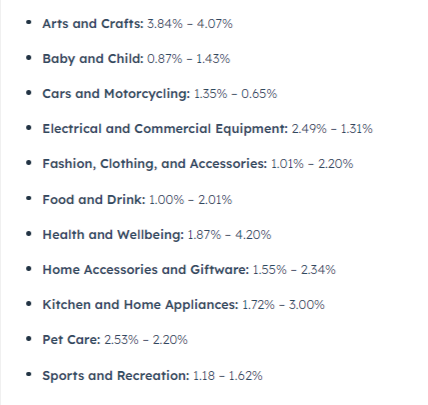
However, industry leaders have been able to achieve significantly higher conversion rates, often exceeding 5% or even 10%.
The industry leaders demonstrate that there are untapped opportunities to optimize conversion rates and outperform competitors. By learning from their success, we can uncover valuable insights to implement in our own eCommerce strategies.
The Importance of Optimizing eCommerce Conversion
Imagine running a physical retail store where every person who walks in represents a potential customer. Now, think about the number of people who leave the store without making a purchase.
Optimizing eCommerce conversion is akin to converting those window shoppers into paying customers. Every visitor who leaves without converting impacts the bottom line and profitability of your business.
By focusing on CRO, you can ensure better utilization of your digital storefront and increase your chances of success.
Unveiling Lesser-Known eCommerce Conversion Rate Optimization Tips
This is the 46523rd guide on the internet about eCommerce conversion rate optimization. So what sets this guide apart?
Well, this guide sets itself apart by offering lesser-known eCommerce conversion rate optimization tips that experts leverage to gain an edge over the competition.
Instead of listing basic tips like improving website speed or utilizing compelling product images (which are essential but widely known), we will explore unconventional strategies that can lead to significant improvements in conversion rates.
Before we begin, let’s brush up on the basics. Here are 7 widely known eCommerce CRO tips that you shouldn’t miss.
7 Basic eCommerce Conversion Rate Optimization Tips
1. Streamline Checkout Process
Simplify and optimize the checkout process to reduce cart abandonment. Offer guest checkout options and minimize the number of form fields required.
By the numbers: Better checkout design can yield a 35.26% increase in conversion rate
2. Implement Social Proof
Display customer testimonials, reviews, and ratings to build trust and credibility, ultimately encouraging potential customers to convert.
By the numbers: An average consumer reads at least 10 reviews online before making a buying decision.
3. Enhance Product Descriptions
Craft compelling and detailed product descriptions that highlight the unique selling points and benefits of your products.
By the numbers: While making a purchase decision 87% of consumers rate product descriptions as an extremely important factor.
4. Optimize Website Performance
Ensure fast page loading times, smooth navigation, and mobile responsiveness to provide a seamless user experience.
By the numbers:
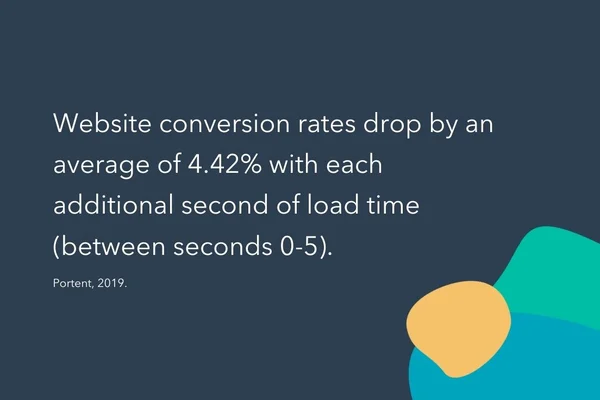
5. Utilize Exit-Intent Pop-ups
Capture users’ attention as they attempt to leave the website by offering attractive discounts, special offers, or compelling content.
By the numbers: 10 to 15% of lost customers can be saved and converted with exit-intent pop-ups.
6. Leverage Personalization
Tailor product recommendations and content based on the user’s browsing history and previous purchases to enhance the overall shopping experience.
By the numbers: Personalization resulted in a conversion rate increase for 94% of companies in a survey.
7. Enable Live Chat Support
Offer real-time assistance to address customers’ queries and concerns promptly, increasing their confidence in making a purchase.
By the numbers: Adding a live chat support option increases conversion rates by 12%.
10 Unconventional eCommerce Conversion Rate Optimization Strategies
1. User-Generated Content
What to do: Encourage customers to share their experiences through reviews, images, and videos, increasing authenticity and engagement.
Take inspiration from: Fashion Nova’s successful use of influencer-generated content. They have an army of Insta-famous influencers like Kylie Jenner and rapper Cardi B. posting content for them, which makes Fashion Nova super popular among the masses.

2. Gamification
What to do: Incorporate interactive elements, such as quizzes, contests, or reward programs, to increase customer engagement and motivate conversions.
Take inspiration from: Starbucks’ mobile app and loyalty program. Starbucks has successfully gamified the coffee buying experience where users are encouraged to buy from Starbucks to progress in the game and get rewards upon reaching certain thresholds.

3. Social Commerce
What to do: Integrate social media platforms directly into your eCommerce store, allowing customers to browse and purchase products seamlessly.
Take inspiration from: Nykaa Network community platform. Nykaa, which is an Indian beauty retailer, has successfully integrated social commerce into its business model. The company created a beauty community platform where users can interact, share reviews, and seek advice. Nykaa’s customers can purchase products directly from the community platform, allowing for seamless social commerce experiences. The community aspect and user-generated content have contributed to Nykaa’s success.
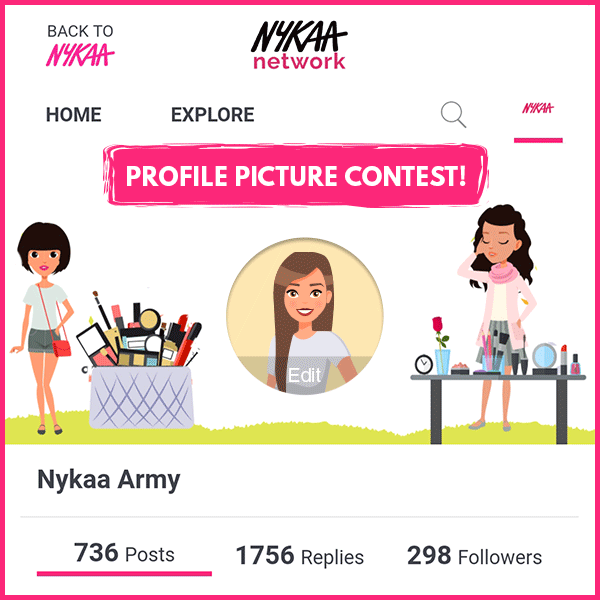
4. Live Product Demos
What to do: Host live video demonstrations or virtual events to showcase your products in action, addressing potential customers’ questions and uncertainties.
Take inspiration from: Sephora’s Virtual Artist feature. Sephora’s Virtual Artist rocks live product demos, skyrocketing conversions with an immersive and personalized shopping experience.

5. Upselling and Cross-selling
What to do: Recommend complementary or upgraded products during the purchase process to encourage customers to add more items to their cart.
Take inspiration from: Amazon’s “Frequently bought together” section. The section boosts conversions by suggesting complementary products, making it easier for customers to find and purchase related items.
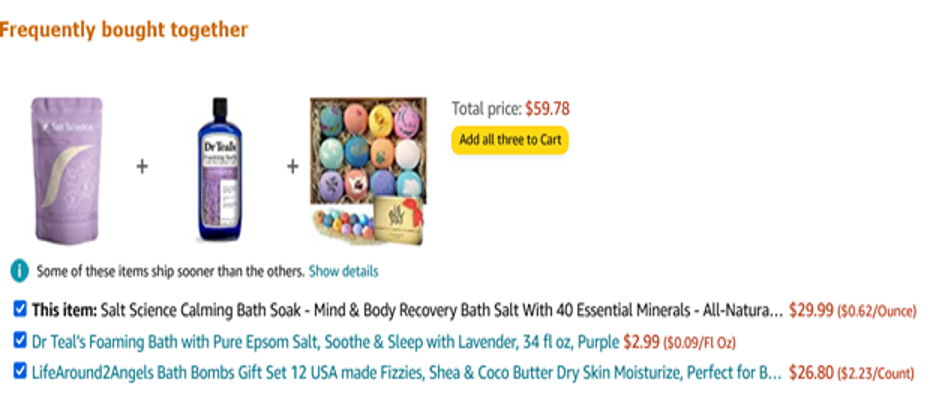
6. Interactive Product Visualizations
What to do: Utilize augmented reality (AR) or virtual reality (VR) technologies to enable customers to visualize products in their own environment before making a purchase.
Take inspiration from: IKEA’s AR app for furniture placement. IKEA’s AR app transforms furniture shopping by enabling customers to visualize products in their space, leading to increased conversions and satisfaction.

7. Social Proof Badges
What to do: Display badges indicating the number of purchases or reviews to create a sense of urgency and trust among potential customers.
Take inspiration from: PayPal’s”Buyer Protection” and “Verified Seller” badges. Paypal uses these badges to assure customers of secure transactions and trustworthy sellers. These badges significantly contribute to increased conversions on platforms that accept PayPal as a payment method.

8. Abandoned Cart Recovery
What to do: Implement automated email campaigns with personalized incentives to remind customers of their abandoned carts and encourage them to complete the purchase.
Take inspiration from: ASOS’s successful cart recovery emails. ASOS’s well-crafted cart recovery emails, personalized with enticing product recommendations and time-sensitive discounts, have proven to be highly effective in re-engaging customers and boosting conversions, resulting in a significant increase in completed purchases and revenue for the company.
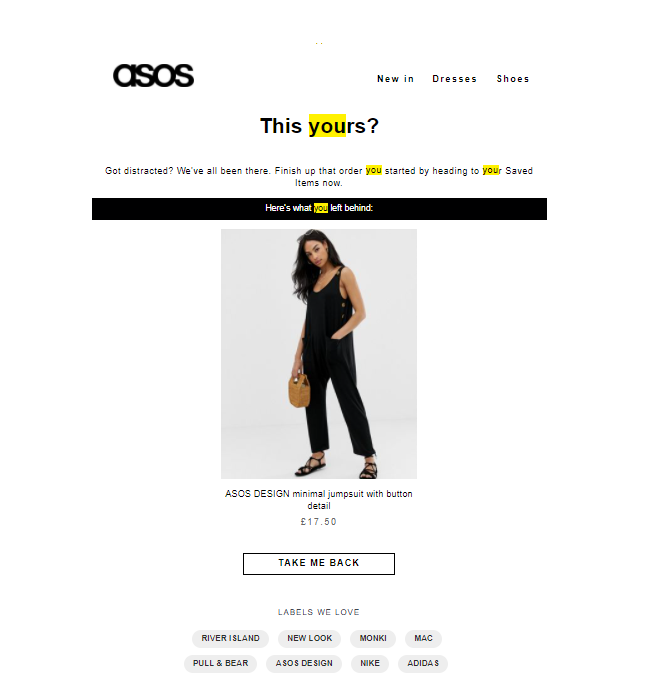
9. Dynamic Pricing
What to do: Use intelligent pricing strategies, such as personalized discounts, flash sales, or tiered pricing, to create a sense of exclusivity and urgency.
Take inspiration from: Uber’s surge pricing during high-demand periods. It is a strategic mechanism that balances supply and demand, incentivizing more drivers to be available and ensuring reliable service during peak times, ultimately leading to increased ride availability and improved customer satisfaction. Thus, resulting in more people using Uber for their commute needs.
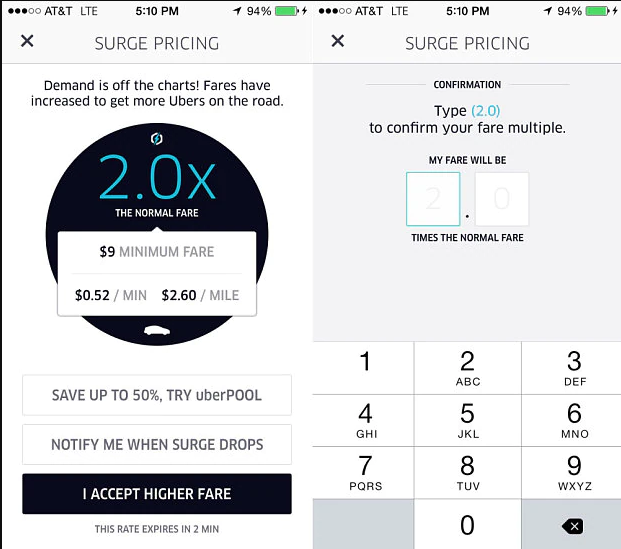
10. Voice Commerce
What to do: Optimize your eCommerce store for voice search and voice-activated devices to tap into the growing trend of voice-based interactions.
Take inspiration from: Domino’s Pizza’s voice-activated ordering through Amazon Alexa. This streamlines the ordering process, providing convenience and ease to customers. By simplifying the ordering experience, this feature boosts conversions, encourages repeat business, and enhances customer loyalty

The Master Stroke for eCommerce Conversion Rate Optimization
While the strategies mentioned above are crucial, it is important to remember that having the right eCommerce development partner who designs and develops your site correctly is the foundation of success. Partnering with experts who understand the nuances of eCommerce can ensure that your website is optimized for conversion, from its user interface to the overall user experience.
So don’t wait, connect with the eCommerce development experts at SynergyTop to skyrocket your conversion rates today!


